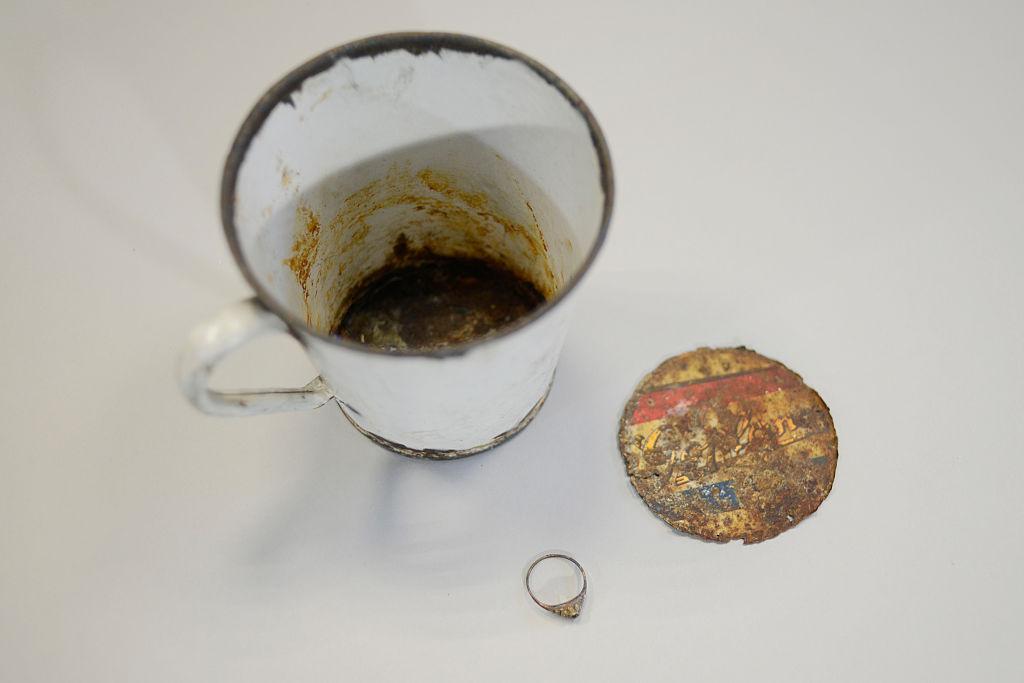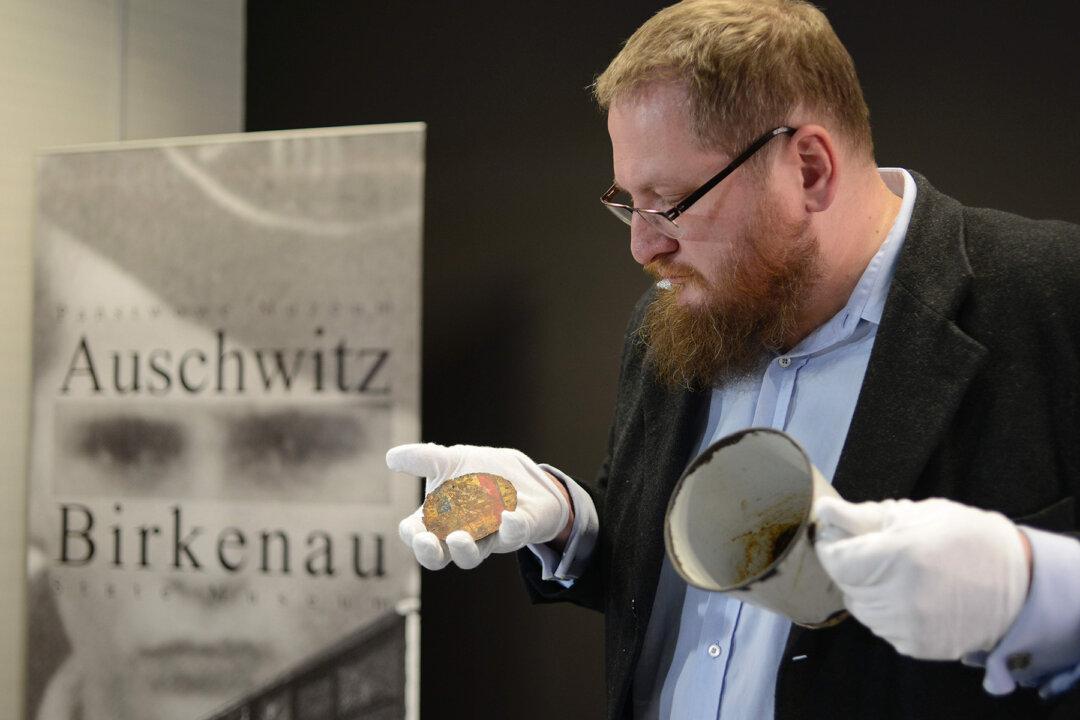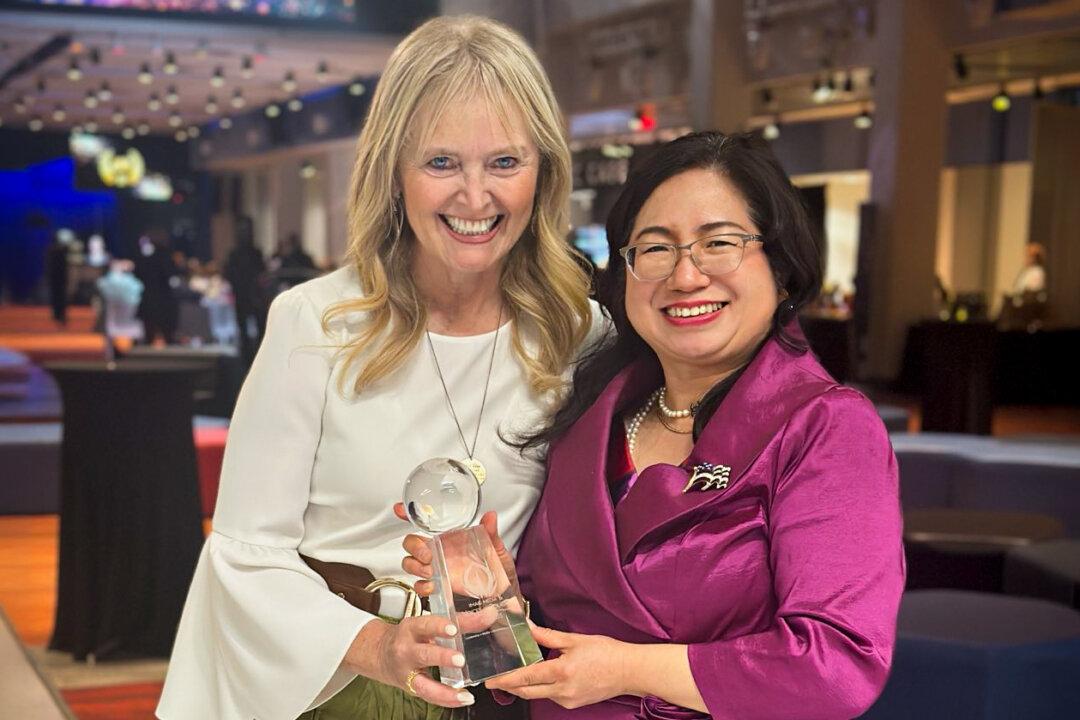Historical treasures reveal the hopes and aspirations that existed during people’s lives. A personal treasure belonging to a Jewish family was discovered hidden in an ordinary-looking rusted mug at Auschwitz. It serves as a tragic reminder of man’s violent and inhumane past.

A gold ring that was found by curators of Auschwitz - Birkenau Museum in a metal mug with the double bottom is pictured on May 19, 2016, in Oswiecim. ©Getty Images | BARTOSZ SIEDLIK






